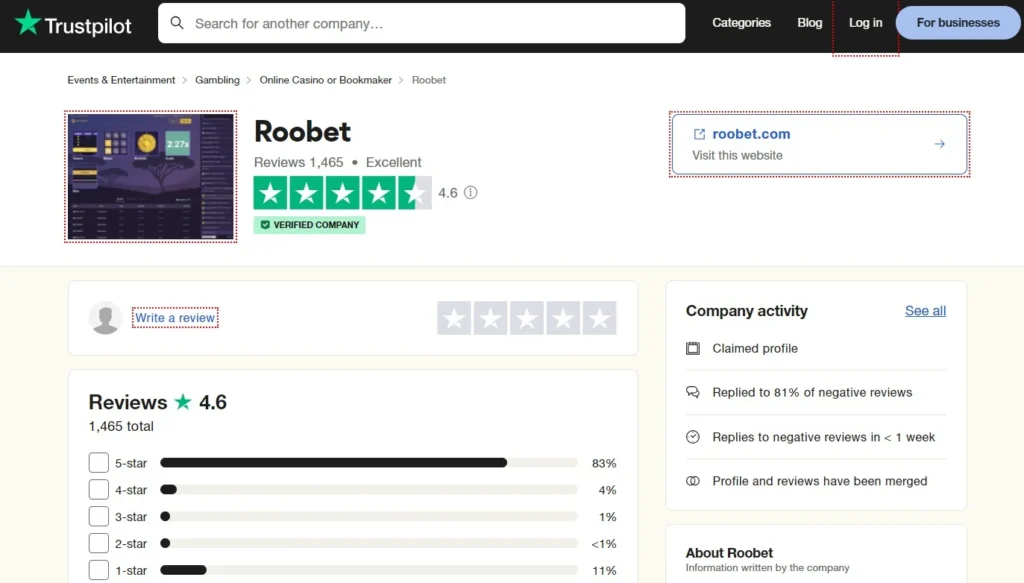Le Alexander Casino est une plateforme de jeux en ligne populaire qui attire les joueurs avec ses offres alléchantes et ses fonctionnalités exceptionnelles. En jouant sur casino Alexander Casino, vous pouvez profiter d’une variété de jeux captivants et de bonus irrésistibles. Dans cet article, nous examinerons en détail l’expérience offerte par ce casino.

Profitez du Bonus Alexander Casino
L’une des principales attractions d’Alexander Casino est ses généreux bonus. Que vous soyez un nouveau joueur ou un habitué, il y a toujours des alexander casino bonus à saisir. Ces bonus peuvent inclure des tours gratuits, des bonus de dépôt, et plus encore.
Connectez-vous Facilement avec Alexander Casino Login
La fonctionnalité alexander casino login est conçue pour offrir aux joueurs une expérience utilisateur fluide et sécurisée. Une fois connecté, vous pouvez explorer la vaste gamme de jeux et commencer à jouer immédiatement.
Alexander Casino en Ligne et Sa Réputation
La réputation d’Alexander casino en ligne est bien établie dans le monde du jeu. Grâce à une interface utilisateur intuitive et un support client réactif, les joueurs peuvent se concentrer sur le plaisir du jeu sans souci.
Pourquoi Choisir Alexander Casino Casino?
En plus des incroyables bonus et d’une connexion aisée, le Alexander Casino propose une gamme variée de jeux allant des machines à sous aux jeux de table. Vous pouvez également rester diverti avec des fonctionnalités telles qu’un chat en direct avec d’autres joueurs. L’interface est conçue pour être conviviale, même pour les débutants.
En conclusion, Alexander Casino est une excellente option pour ceux qui cherchent une plateforme de jeu en ligne excitante et fiable. Les bonus généreux, l’expérience utilisateur fluide, et une réputation de confiance font de ce casino un choix de premier ordre pour tous les amateurs de jeux en ligne.


